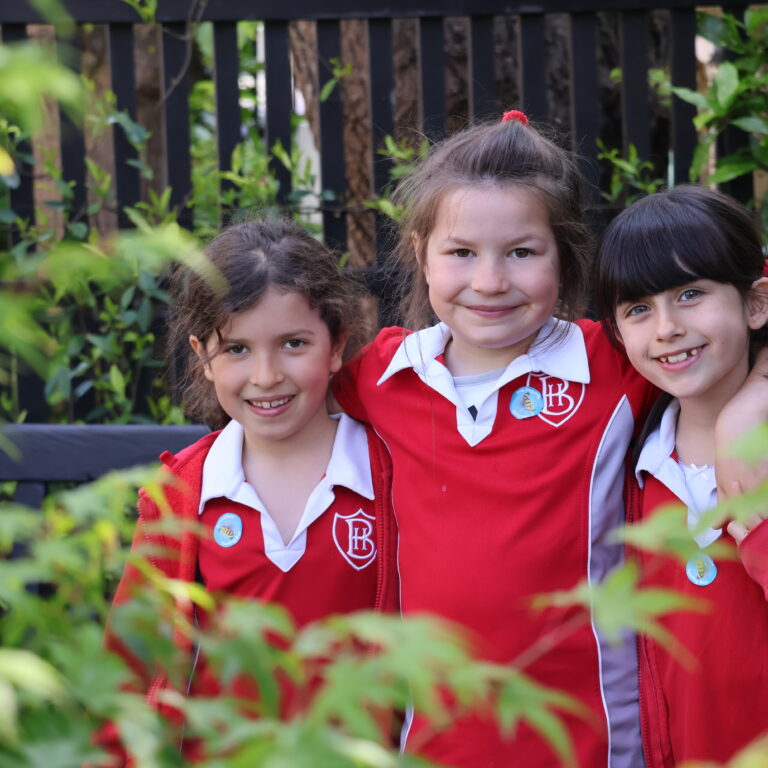Thoughts from the Study No. 33
It has been wonderful to welcome the children back this week after the Easter break. I think I have one of the best jobs in the world and although I spend a great deal of time around the school during the holiday periods, it is never the same without the positive energy and superb character that the children bring – it is great to have them all back.
For some time, I have used the Hintsa model as a tool for self-reflection. This model is encapsulated in what is referred to as the ‘Circle of Better Life’. The outer circle comprises six elements that form the foundation of health and wellbeing: physical activity, nutrition, sleep and recovery, biomechanics, mental energy, and general health. The prevailing notion is that if these areas are all in balance, then you have a firm grasp of your own holistic wellbeing.
The concept of balance, of course, is nothing new. The ancient Greeks believed that our health and emotions were influenced by four bodily fluids, referred to as the four humours. While modern science has thankfully moved beyond this theory, the underlying message about the importance of balance in our lives still resonates today. It is balance that is key to wellbeing, with success in all walks of life being a by-product of placing greater emphasis on wellbeing above anything else.
It is essential that we teach this concept in prep schools, as it helps children learn the value of maintaining equilibrium in everything from their academic work to their social interactions, setting a strong foundation for a well-rounded character. Similarly, for us as adults, achieving balance in diet, work-life dynamics, and mental health, although not always easy, is crucial for holistic well-being.
In the world of long-distance running, the concept of ‘tapering’, reducing the volume and intensity of training before a big race, is well known and essential. This period of less rigorous exercise allows an athlete’s body to recover from the accumulated stress of training over time and to store energy for the main event. Similarly, at Broomfield, we structure our termly cycles to mirror this athletic rationale. We introduced a ‘revision week’, designed as a precursor to an ‘assessment week’, which is then followed by a ‘recovery week’, where children are encouraged to recharge, reflecting on their learning experiences and achievements. This cycle supports children in achieving their personal best across the entire curriculum without succumbing to fatigue or an overwhelming sense of pressure.
All schools must consider the importance of cognitive recovery, which is key to sustainable learning. I am often exasperated when I hear of the methods some schools use, thinking these will get the best from the children. After intense periods of cognitive exertion, children need time to recover. This recovery is not merely a break from learning new content but an essential phase where learning is consolidated, and mental resilience is built. During these times, children learn to process and retain information effectively, fostering a healthier, more productive approach to their own learning.
The danger of burnout is as real for children as it is for us all when a working environment does not consider both pace and expectations. Continuous pressure can lead to mental exhaustion, reducing overall productivity and enthusiasm for learning. It’s crucial, therefore, to embed periods within the school calendar for children to ‘just be’. These moments away from a structured academic agenda allow children to explore their passions, relax, and socialise, which are all vital for well-rounded development and personal growth. This downtime is not wasted time; rather, it’s a vital component to ensure that wellbeing is prioritised. We are all looking forward to our Arts Week next week, for example, a time when the timetable is much more flexible to give the whole school time to breathe and enjoy a whole school creative project.
The Swedish concept of Lagom, translating to ‘not too much, not too little, the right amount’, offers a valuable perspective on achieving balance. We can all learn from this methodology, both at home and in school, and when considering the pressures that we may sometimes, inadvertently put onto our own children. At Broomfield, we work to create an environment that promotes moderation and sustainability, encouraging the children to strive for excellence but not at the expense of their wellbeing.
In the pursuit of academic excellence, it is imperative that we do not lose sight of the holistic development of our children. By incorporating principles such as tapering in sports, the philosophy of Lagom, and the importance of cognitive recovery, we offer a nurturing environment that prepares children not just for tests, but for the challenges of life where balance is key.
We are acutely aware of how to get this balance right at Broomfield. We will never be a ‘hot-house’ school and will always aim to balance personalised academic goals with sufficient recovery that ensures our children grow into resilient, capable, and confident individuals.
A final anecdote I am often reminded of is how life has an interesting way of naturally finding balance. I am often amazed, for example, by how much pure, uncontrolled energy my toddler has. She happily runs everywhere, only stopping to let me catch up briefly before going again, a perfect example of youthful vigour balanced by necessary rest. We make a good team; she brings the energy and I compensate for us both by catching my breathe.
Mr Anstey, Headmaster


